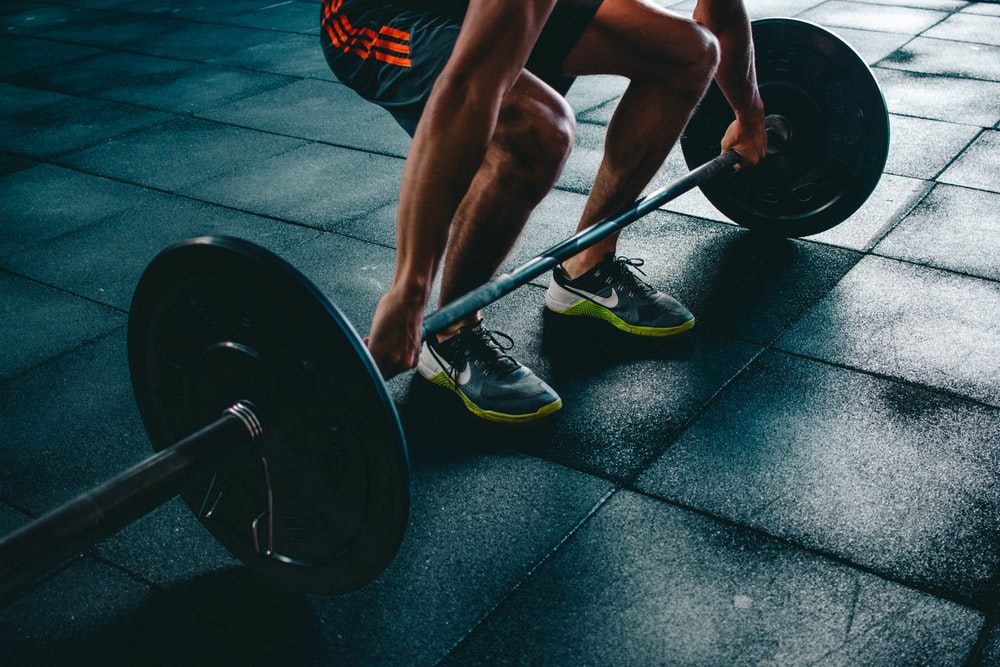Transform Your Fitness Journey: A Comprehensive Guide to Choosing the Perfect Weight Lifting Shoes
October 06, 2023The saying goes, "the right tool for the right job." This adage perfectly fits nook and corner of fitness, where using the appropriate gear can significantly enhance your performance and safeguard your well-being. So, when it comes to weight lifting - a realm where the pressure exerted on your body multiples depending on the weights handled – the importance of using the right footwear cannot be overstated. The right pair of weightlifting shoes not only contributes to your overall lifting performance but plays a crucial role in preventing injury.
Why Proper Footwear Matter
Weightlifting shoes have grown in popularity for a good reason. Their unique design supports the lifting mechanics and promotes safer workouts. Their structured, elevated heel enhances lifting power, stability, and corrects the form when performing heavy squats, lessening the stress your body handles during lifts. Investing in proper weightlifting shoes can be pivotal in performing complex lifts, ensuring you get the most out of your workout without compromising safety.
Understanding the Anatomy of a Weight Lifting Shoes:
In contrast to your usual trainers, weightlifting shoes have a specific anatomy. They possess a solid elevated heel, generally made from materials like TPU or wood, to provide stability and better weight distribution. The sole of the shoe is designed for a firmer grip on the floor, critical for maintaining balance during heavy lifts. Additionally, they feature reinforced straps for additional support and guaranteeing a snug fit.
How To Identify Your Needs

Choosing weightlifting shoes that align with your needs is essential. Factors such as your comfort, the type of lifts you primarily engage in, and the frequency of use should be under consideration. For example, if you engage in powerlifting, you need shoes with a lower, flatter heel. For Olympic weightlifters, shoes with a high, curved heel would be most suitable
Key Features to Look For in a Weight Lifting Shoe
Shopping for the ideal weightlifting shoe involves scrutinising several key features. A suitable heel height is critical, which typically ranges from 0.5" to 1". Shoe composition is equally crucial; they should be durable, rigid, yet comfortable. Examine the strap configuration and check for multiple strapping systems for better support. Lastly, always ensure the shoe fits properly; it should be snug, but you should still be able to wiggle your toes.
The Low-Down on Popular Weight Lifting Shoe Brands
There are numerous brands providing high-quality weightlifting shoes in today's market. Adidas Powerlifts are well-regarded for their superior comfort and longevity, whereas Nike Romaleos are celebrated for their balance and elevated heel. Reebok Legacy Lifter shoes are acclaimed for their prime stability. Test out several brands and choose what best suits your needs.
Fitting and Sizing: It’s More Complex Than You Think
Weightlifting shoes should fit differently from your everyday shoes. They should fit snugly, but not so tight that they're uncomfortable. Consider your arch type as well; shoes with adequate arch support can help ease discomfort during lifts. Try on several sizes and simulate some movements to ensure they offer ample toe space.
Maintaining Your Weight Lifting Shoes: Tips and Tricks
After investing in a good pair of weightlifting shoes, properly preserving them guarantees their longevity. Clean them regularly, following manufacturer instructions regarding suitable cleaning methods. Store them in a dry place to avoid dampness damaging the material and ensure to unfasten the straps after each use to retain shoe integrity.
The Do’s and Don’ts When Buying Weight Lifting Shoes
When buying weightlifting shoes, always check for a solid, elevated heel and adequate arch support. Avoid shoes that are too flexible or lack proper foot support. Whilst stylish designs may be appealing, performance, safety, and comfort should always be prioritized.
Making the Switch: Transitioning from Regular Shoes to Weight Lifting Shoes
Transitioning to a dedicated weight lifting shoe from regular shoes or running shoes might feel different initially; dedicated weightlifting shoes have a high, solid heel and lack the flexibility of regular trainers. Start by wearing them for lighter workouts. Gradually ramp up the weights when comfortable.
FAQ Section

How often should I replace my weight lifting shoes?
It largely depends on how frequently you're using them and the type of lifts you're doing. Generally, a good pair of weightlifting shoes can last for two to three years.
Can I wear my weight-lifting shoes outside the gym?
While you technically can, it's best to avoid doing so as the hard soles aren't designed for everyday wear, and wearing them outside the gym could wear them down faster.
Why do weight lifting shoes have a raised heel?
A raised heel is a distinct design feature in weightlifting shoes that improves the body's mechanical position when lifting. It offers better balance, support, and helps in getting deeper squats.



0 comments